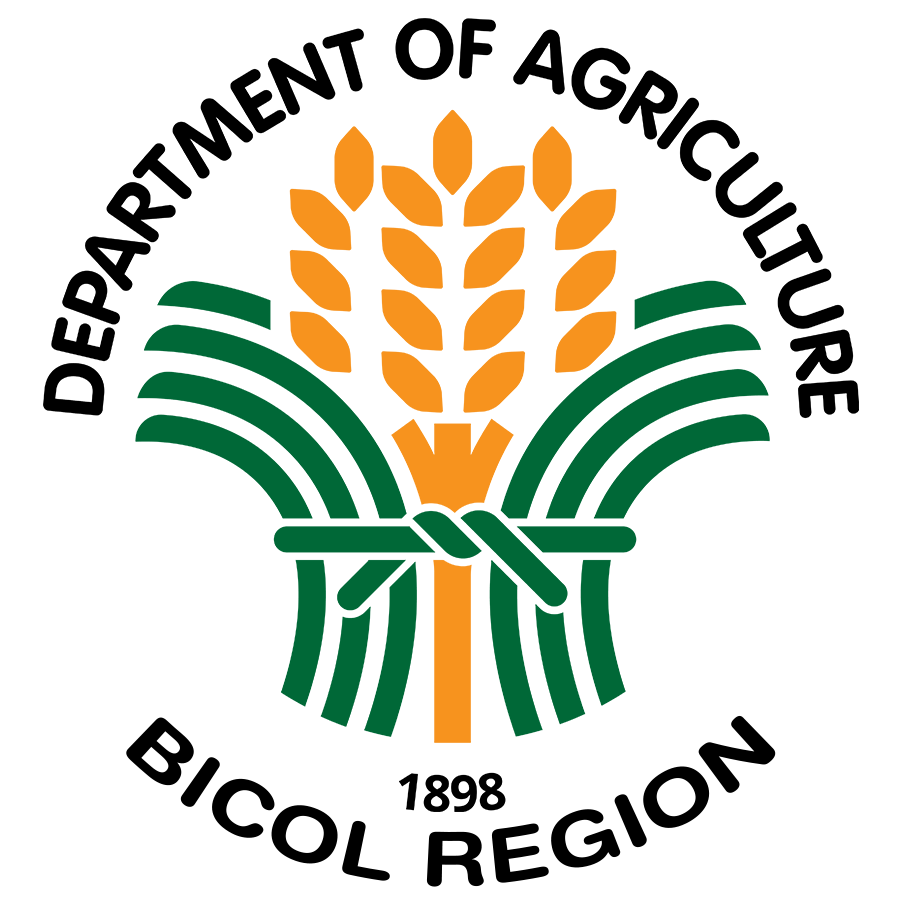One of the measures employed by the DA Bicol to effectively control the Green Leaf Hoppers that cause Rice Tungro Virus incidence in four Albay towns was the use of agricultural drone sprayer or Unmanned Aerial Vehicle (UAV) in spraying insecticides to affected rice paddies.
Earlier this week, DA Bicol Regional Executive Director Rodel P. Tornilla deployed four technical teams to each municipality/city reportedly affected by tungro virus, namely Libon, Polangui, Oas and Tabaco City, for the conduct of rapid assessment, field validation and coordination with LGUs. The teams were composed of personnel from the Field Operations Division (FOD), Integrated Laboratories Division – Regional Crops Protection Center and Research Division.
Drone spraying was conducted in a hectare of rice field in vegetative to maturity stages in Balolo, Libon on April 28. In Polangui, 11.15 hectares Tungro-infested rice farms planted to hybrid and inbred rice varieties at vegetative stage in barangay Kinale were also treated with insecticide through drone sprayer.
Other affected rice fields were treated with chemicals through the use of knapsack sprayer and power sprayer. Chemical insecticides were also distributed to LGUS and farmers for the spot application and control of GLH.
Dr. Mary Grace Rodriguez, Chief of the Field Operations Division said that as part of its assistance, the DA 5 Rice Program distributed 20 knapsack sprayers and 20 laminated sacks each to the LGUs of Libon, Oas, Ligao City, Tabaco City, and Polangui for distribution to affected farmers. The Rice Program also lent one power sprayer to each municipality to be used for a month.
DA Bicol RTD for Operations Luz R. Marelino said that DA RFO 5 continues to partner with PhilRice Bicol, LGUs, farmers associations and other stakeholders in the prevention, and monitoring for early detection and control of rice tungro virus.
Lorenzo Alvina, head of the Disaster Risk Reduction (DRR) team and Rice and Corn Program Coordinator, said that the DA RFO 5 is studying the use of UAV for agricultural research and crops production. He added that the current infestation of Fall Army Worm in corn and Tungro in rice fields can be controlled through the application of insecticides. However, the conventional method that is manual spraying is risky for farmers and takes longer time to apply. The drone sprayer, meanwhile can cover 20-28 hectares per day at 8-hour operation and can spray 12-Liters of insecticide per operation.
Alvina added that the observed advantages of the drone technology are the improved precision and calculation of pesticide solutions based on the computed area using GPS applications.
“Chemical spraying however, should be resorted to only when necessary or the damage has reached a severe level,” Giovanni Valenciano, chief of the RCPC said. “Spraying should not be done on the seedbed or when the palay grains are already more than 60 days.” (Lovella Guarin – DA-RAFIS 5 / with reports from FOD / photo credits DRR/FOD/ILD/Research teams)
